The Reason
Weight. For some of us, the quest is to reduce weight down further and further. Why? Less weight, less fatigue, ability to go further, longer and more comfortably.
However, there is a point where you start having to justify pieces of ‘nice to have’ equipment for the sake of weight savings. If an item isn’t always needed, you start ‘weighing up’ the necessity to carry it around at all.
The Bipod is a good case of that. For certain types of hunting (bush) the bipod is often not needed. Many shots are taken in offhand of semi-supported positions, or, the pack is used double duty as a support. It becomes hard to justify carrying that extra weight for an item that you may, or may not use.

So, when Joel from Stager got in touch and asked if I would be interested in checking out some new super-lightweight support systems, I very quickly said yes. It coincided with two thoughts I have had floating around in the head lately – one, the fact I much prefer to shoot off a bipod, and two, I have been keen to try out some shooting sticks.
A couple of days later, the Javelin Bipod and Kapita Tripod from Spartan Precision Equipment turned up in the mail.
Spartan Precision Equipment
Spartan Precision Equipment was founded in 2012 in Sussex, Englan, run by Rob Gearing, who, well… this is Rob…
[fvplayer src=”https://www.youtube.com/watch?v=Z8LYtdZIwro”]
 Rob has an engineering background and set up his own business in Aviation working with Air New Zealand, Rolls Royce and GE along with some other large and small companies. If he isn’t hunting, he is climbing and mountaineering, shooting from the age of 12, he just knew there had to be a way to fuse modern materials with basic hunting principles. Spartan Precision Equipment was born.
Rob has an engineering background and set up his own business in Aviation working with Air New Zealand, Rolls Royce and GE along with some other large and small companies. If he isn’t hunting, he is climbing and mountaineering, shooting from the age of 12, he just knew there had to be a way to fuse modern materials with basic hunting principles. Spartan Precision Equipment was born.
These lightweight supports are the result of many years of development, testing, and refinement. It shows. The moment I opened the – very – lightweight packages, you kinda realise these are not your average pieces of equipment. I would liken it to some of my more specialised camera equipment – there seems to be just a little more attention to detail that only comes from the ‘smaller’ specialised and boutique companies.
To give you an idea – Blaser, that company that makes those rifles we all lust after, had Spartan develop a bipod specifically for their R8 rifles. You seem to see a lot of photos of these bipods on expensive, wood stocked, European firearms.
The metalwork on these is machined from solid billet, not cast, not pressed,
The finish on the Carbon Fibre (yes, these are light, lightweight bits of gear) is gorgeous and the aerospace grade aluminium fittings and brackets just scream premium product. Oh yes, these are definitely a premium piece of kit, with a matching price, but we will get to that.

I was keen to get these onto the rifle (my Browning X-Bolt) – so headed down to the shed to install the mounting onto the rifle.
Mounting Options
I had discussed with Joel that I would be keen to try these out on the hunting rifle. It’s a Browning X-Bolt Leftie in 7mm08 with a Walnut stock – my first rifle and my hunting rifle. This is what goes into the Kaimanawas with me.
Spartan has a range of fittings available to you – a couple of different adapters available – flat and curved for mounting on the bottom of your rifle (I opted for the curved for the X-Bolt), a flush mount gunsmith mounted option and for those wanting to put them on rails – a Picatinny adaptor. In addition, and I will talk a bit more about this later – there is an optics adapter – so enable to you to put, well, anything with a standard thread mount on it. Think, camera, GoPro, kestrel, rangefinder, spotting scope…

The mount I picked simply replaces the standard sling swivel mount. Off and on in under a minute – you can see you still have the ability to mount a sling on it as well.
This is where the system starts showing it’s uniqueness and a rather cool side.
The bipod (or tripod) doesn’t physically lock/click/fix into anything. On the top side of the support is a rare earth magnet. This simply pushes up into the mount, which has a steel screw holding it in there, and viola! Instant connect. I initially thought this might be a bit of a ‘weak’ connection – but, after trying to flick the thing off, it wasn’t moving anywhere, however, the attachment and removal is all but instant.
That is the point of the system. The bipod doesn’t permanently live on the gun. It doesn’t fold up, rather, the whole idea is to store the bipod/tripod in a pocket or on the pack and simply pull it out, attach and setup for a shoot. The fact the gear is so lightweight, means you don’t have to worry about carrying it and not using it. However, if you have a shot where you can take a bit of time to setup, the bipod is out, attached and deployed way, way quicker than you could every do with a Harris.

The Javelin Bipod
The Bipod comes in two option lengths – standard and long. The standard (what I got) gives you 17-24cm of adjustment. Metric! Yay for metric! The long is 22-32cm. Your choice is going to depend a little on where you are going to shoot. If groundcover is minimal, or at least, short in most places, the shorter gives you the ultimate in portability and convenience, the long, more suitable if you expect to be shooting in some grasses or covering. Ok, ok, standard – 6.5-9.5″, long – 8.5-13″. You can, if you want, also get extra long legs to set the bipod up as a sitting solution for long grass. Weight? A measly 144 grams for the standard.
The bipod has a magnet in the top, and the sides of the legs, so opening the legs can be as silent (no springs), provided you don’t simply flick them open.
Cant and swivel adjustments are available on the unit. The cant tension is controlled by a small knob on the front of the unit. Me personally, I just tightened it up as much as I could. I tend to muscle bipods – so it worked perfectly for me. I think they say it’s a 45deg rotation both ways – so more than enough to set up and follow a target.

Both the bipod and the tripod have spiked feet covered over by rubber caps – the caps themselves being attached to the bipod with a removable ring – either take them off permanently or take off as needed – the caps won’t be going missing when you quickly try to set up for your shot.
 The spikes, while not ‘pointy’ still are enough that you would probably want to protect the inside of a pocket on a jacket or pack. But certainly, while using them in the dirt, the spikes let you push the bipod into the ground so you can really load it up.
The spikes, while not ‘pointy’ still are enough that you would probably want to protect the inside of a pocket on a jacket or pack. But certainly, while using them in the dirt, the spikes let you push the bipod into the ground so you can really load it up.
My initial concern with this system was actually just that – how much could I load it up? I have adopted the technique on the 700 of putting most of my upper body weight into the bipod – enough if I sit up a bit, the rifle sits firmly into my shoulder pocket. My concern was this lightweight system just wouldn’t have the stiffness to allow me to do this. But there turned out to be no issue. The bipod happily took it and shot well when under tension this way.

The Kapita Tripod
The Bipod was easy to get my head around. I have used bipods on my rifles since I started shooting. The notion of a lightweight, quick to setup bipod was easy to adopt and utilise. The tripod in the context of hunting took a little more consideration.
Certainly, the notion of a tripod, or even shooting sticks for hunting, to me, seems a very British sort of affair. Wandering through the game estate, seeing a sprightly Roe Deer off in the distance, setting up the sticks, and popping off a shot, what-what.
Certainly, clambering through the Kaimanawa Ranges seemed to be a strange match for them. But then, here is the thing.
I often carry at least one trekking pole with me. This can serve double duty as a walking stick, a fly pole, a makeshift monopod for the camera and so on. It’s kinda handy.
The Kapita Tripod, which is a full tripod, weighs less than my single trekking pole. That is – 650 grams.

It’s essentially an extremely lightweight ball head on a tripod. But, the legs are simply removable by unscrewing them, and then you have a set of shooting sticks, which in turn can unscrew and become a pair of trekking poles!
Because you can also get the optics adaptor I started to realise it could serve multiple roles. Put the Go-Pro or Camera on it (it happily supports the 5DmkIII on top), quickly swap it out with the rifle if a shot presents itself. Use it as a tripod for a Kestrel on its weather vane, swap that out with spotting scope, and use it for the occasional standing shot with the 700 and a pPicatinnyadaptor – sure, it’s not going to be quite as solid mount as the heavier tripods with a Hog Saddle on it, but the whole setup would probably weigh less than a single leg on my heavier (still carbon) tripod!
Suddenly, the system starts becoming appealing for use even without putting a rifle on top of it.

 The tripod head is a simple to use – the legs simply have stops when they are open as far as they are going to go, and the ball head is tightened by a twist ring on top. I found I could put the rifle on top of tripod and have it support it – but you do have to realise there is a bit of a crazy fulcrum going on when you have it connected up front with all the weight hanging behind it. Heavier rifles likely would be a bit much for it. Though, it’s not so much weight capacity, as it is leverage – for example – mount the adapter in the middle – and it will happily carry a LOT of weight.
The tripod head is a simple to use – the legs simply have stops when they are open as far as they are going to go, and the ball head is tightened by a twist ring on top. I found I could put the rifle on top of tripod and have it support it – but you do have to realise there is a bit of a crazy fulcrum going on when you have it connected up front with all the weight hanging behind it. Heavier rifles likely would be a bit much for it. Though, it’s not so much weight capacity, as it is leverage – for example – mount the adapter in the middle – and it will happily carry a LOT of weight.
The Hook
Underneath the tripod, an optional hook adapter allows you to hang a bag for ballast, or, use the tripod for ‘gralloching’ – hanging an animal to dress it. I initially thought this meant I might be able to get a deer under there – but realistically, the 40kg recommended limit would mean even a Fallow Deer would be a bit heavy.
However, what it is perfect for, is handing some weight under there to give the tripod some additional stability. It’s something I had a bit of a play with and sure with some more experimentation, you could get even more out of it.
[fvplayer src=”https://vimeo.com/180072765″ splash=”https://i.vimeocdn.com/video/588181169_1280x720.jpg?r=pad” caption=”Spartan”]
Shooting with the System
 I have been a little lax in the shooting recently but was heading out to the North Auckland Deerstalkers to RO for the day. It seemed only logical to also take out the gear to try out in the afternoon.
I have been a little lax in the shooting recently but was heading out to the North Auckland Deerstalkers to RO for the day. It seemed only logical to also take out the gear to try out in the afternoon.
Ok, enough enough, you want to see targets, I know.
Bipod
So, after I had ROed the morning, I setup and got the 7mm08 out. This was actually the first time I had shot off the bipod – and of course, realised quickly that I was shooting at 200m, not 100m, so had to adjust the zero up a bit. I had managed to forget the range card I have for the gun, so dialled up, shot two more, dialled up again.
I was surprised how much I could actually load up the bipod. I had actually equated lightweight with a bit dinky, so was happy to find out that it wasn’t going to flex on me. At all. Settling my upper body weight into the bipod – it seemed to happily take up the slack. Certainly, it lost nothing to the Harris.

Kneeling
Target Two. Kneeling. If you had seen the results from the hunters competition prior to this, you would realise how amazing the difference truly is. I am an average to shit positional shooter. So shooting seven rounds at 200m kneeling, well, the deer would have gotten away.
However, this deer? Dropped. Also remember, I was changing the setup between shots – and would be interested in exploring the position more – as I think this is where it would be used quite a lot. Talking to another shooter today – I would be interested in trying with a pack up under the buttstock of the rifle as well.
I did find the setup as it was rocked back a bit – definitely more so when I had two legs towards the rear. I think this is more reflective of learning how to shoot of this setup.

Standing – Tri and Bi
Should that be Bi and Tri? Anyhow. Standing up now. Group two is the tripod, and group one is with one leg removed – essentially making it into a pair of shooting sticks. Again – a hell of a lot better than I am ever going to shoot off-hand. However, worth noting – they are a way off from my POA. Though, first time shooting off this system – I am sure I would figure out what I was doing ‘wrong’.
While it’s going to be a bit slow setting up for this – I don’t really know if it would be any slower than taking the time to find a tree to lean on, and if there isn’t anything suitable around – you basically are caring your supports with you.
Standing – Tripod with Ballast
Ok. So that is five shots standing. I would even go so far as to call one of those an actual ‘flyer’. Centred right around my POA.
You might not consider this all that exciting – especially if you wanted to compare it to they guys shooting standing off the heavier, hog saddle type setups. And it’s true – you can get down under 1 MOA with those setups. However, this is ‘minute of deer’ – and, importantly, it’s all centred around where I was aiming. So it would have put the animal down.
I think, though, with some more time and playing around with this system – you would start getting down there. And it is important to remember – this tripod weighs 650 grams.

Pricing
For the Javelin Bipod, you are looking at a RRP of $469, the Kapita Tripod, $799.
By comparison, a spiked Harris with the podlock is going to be around $340.
Weight wise, according to their page, the Harris Ultralight is 277 grams. So, nearly twice the weight.
So, in Summary
Cost aside, yes, yes, yes. The gear is so light you don’t really have to think to hard about packing it, and the ingenious magnet system means quick on/off and swapping between equipment.
The bipod. That’s staying. I don’t normally carry a bipod with me hunting, but will now. No question.
The tripod? Well. That’s high on the list. It’s a bit of an investment, but after carrying it around with me all weekend – up and down a hill, it’s potentially going to replace the camera tripod I have been carrying around for the camera and the kestrel. It might even get shot off now and then! There is a Picatinny rail adaptor that I can bolt to the bottom of the 700 – and, I have seen online that there is also a heavier weight bipod in the pipeline! The Harris might finally be replaced!
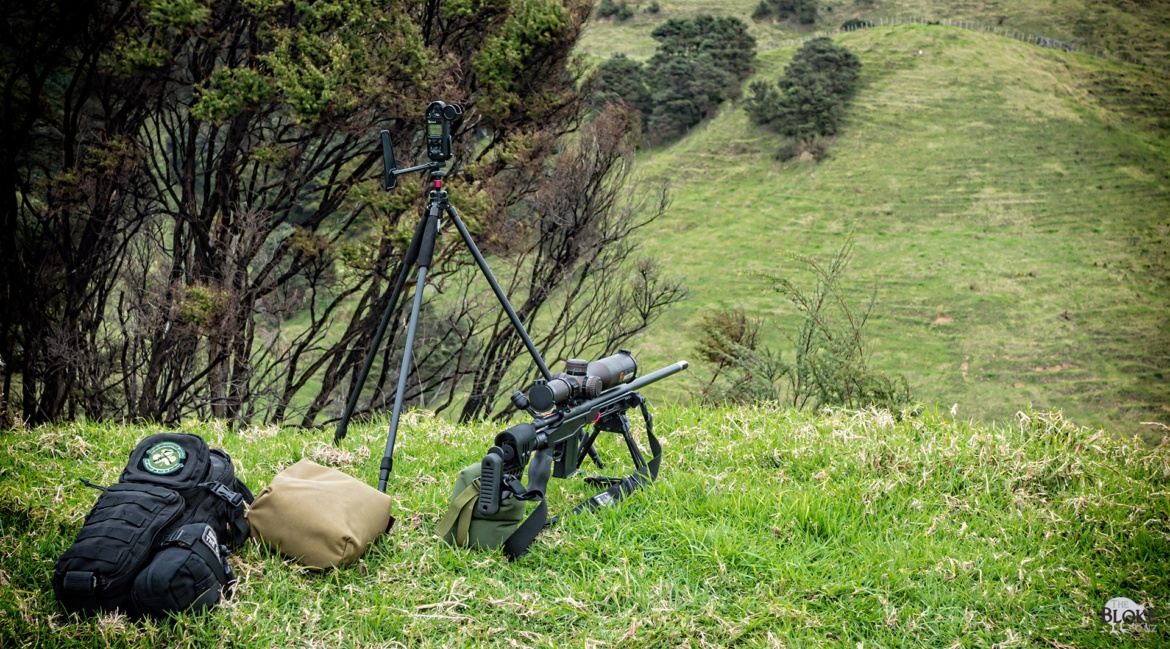
[fvplayer src=”https://www.youtube.com/watch?v=Z6pj9YjQ52I”]
[product_category category=”bipod-tripod” per_page=”5″ columns=”5″ orderby=”default” order=”ASC” operator=”IN”]

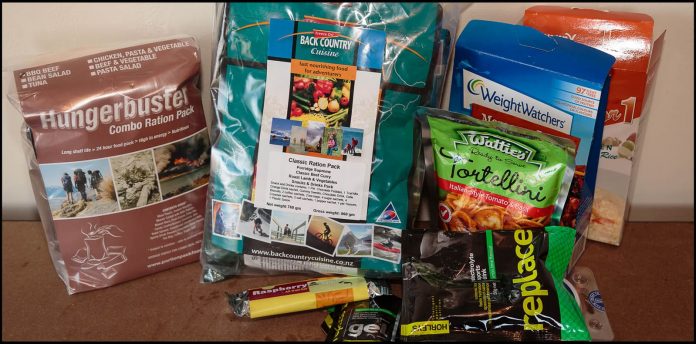
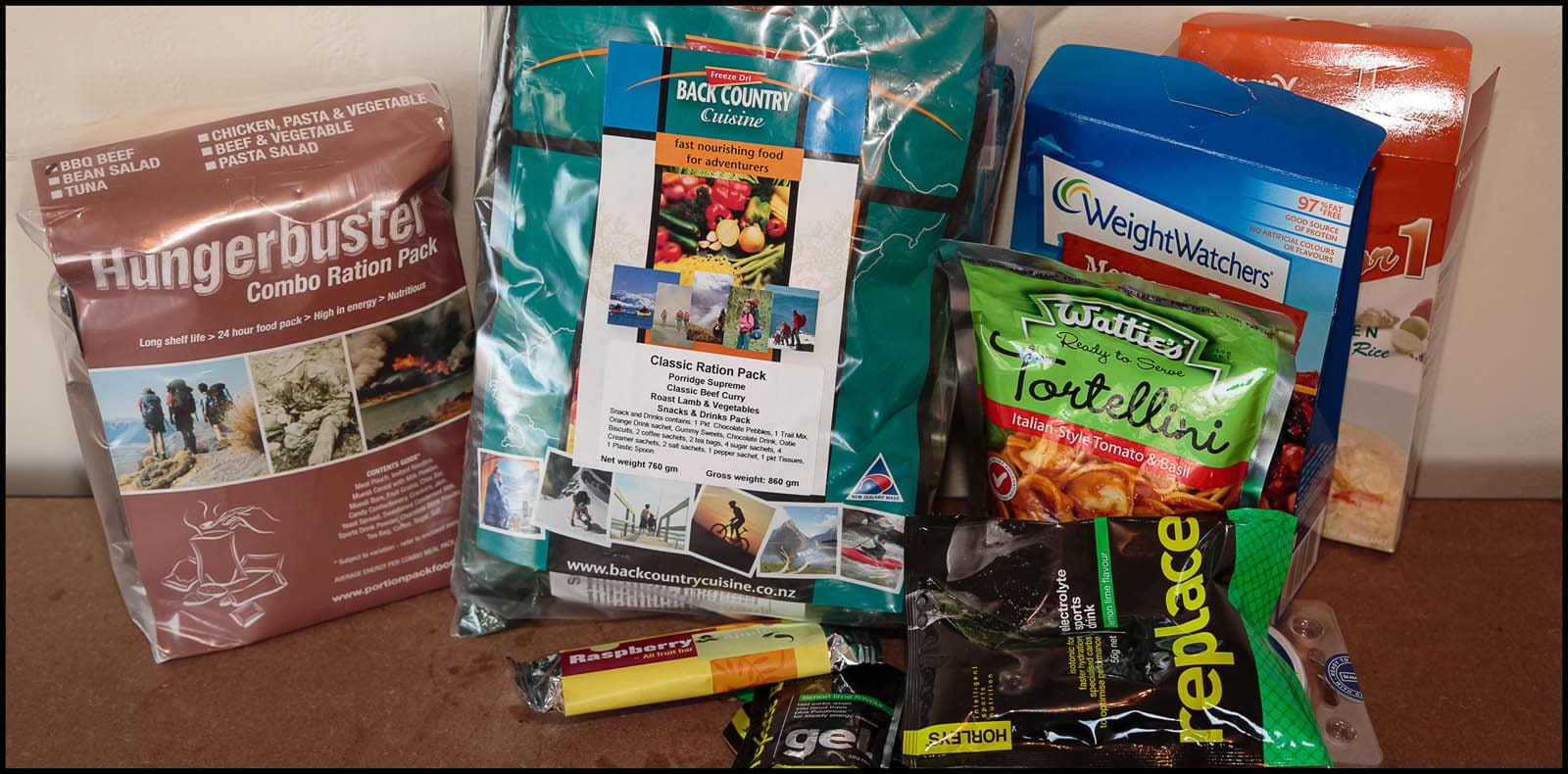
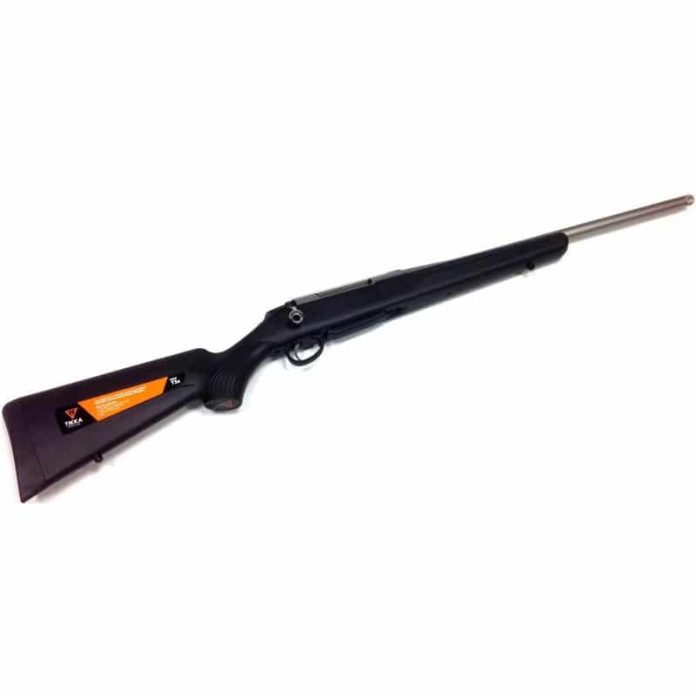
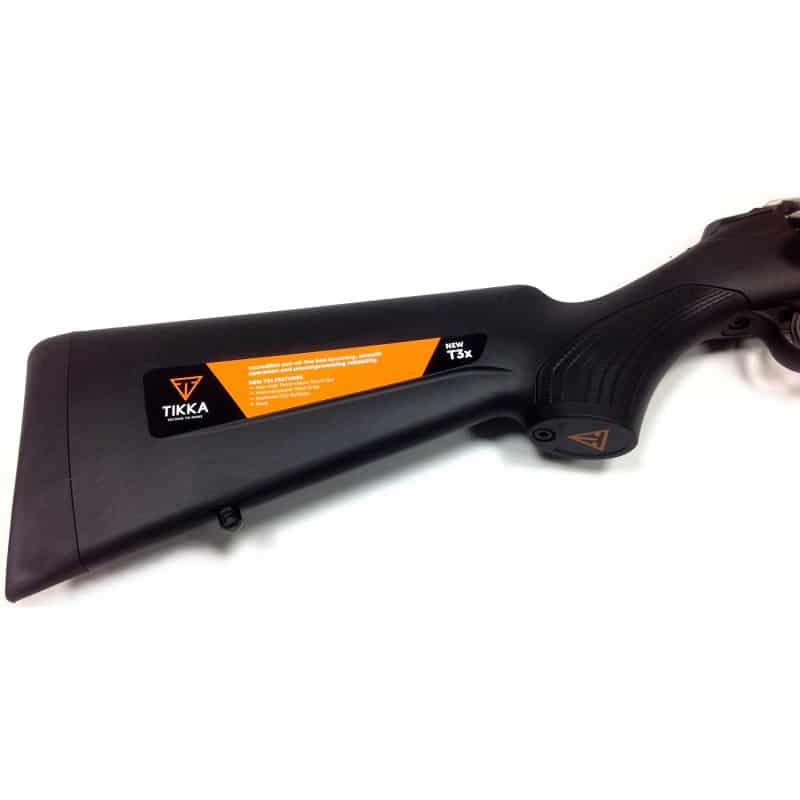
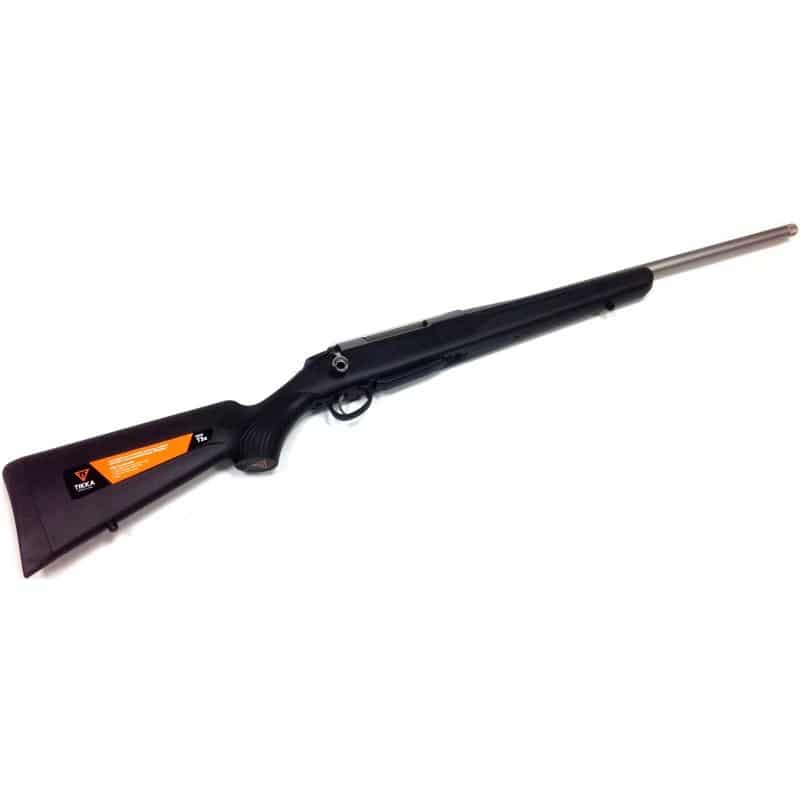
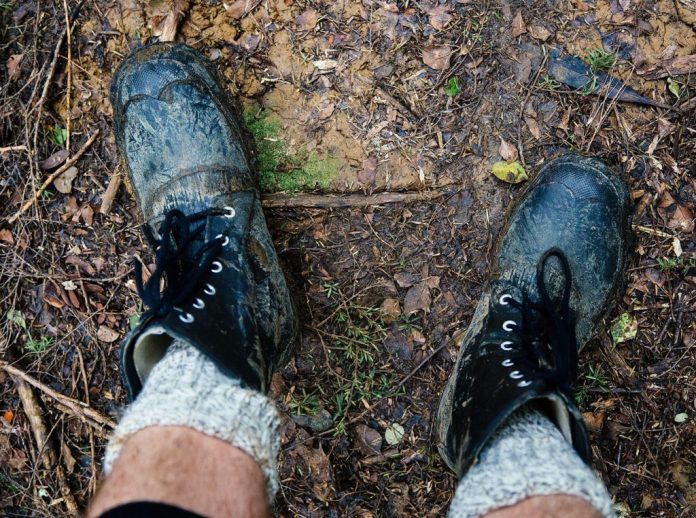
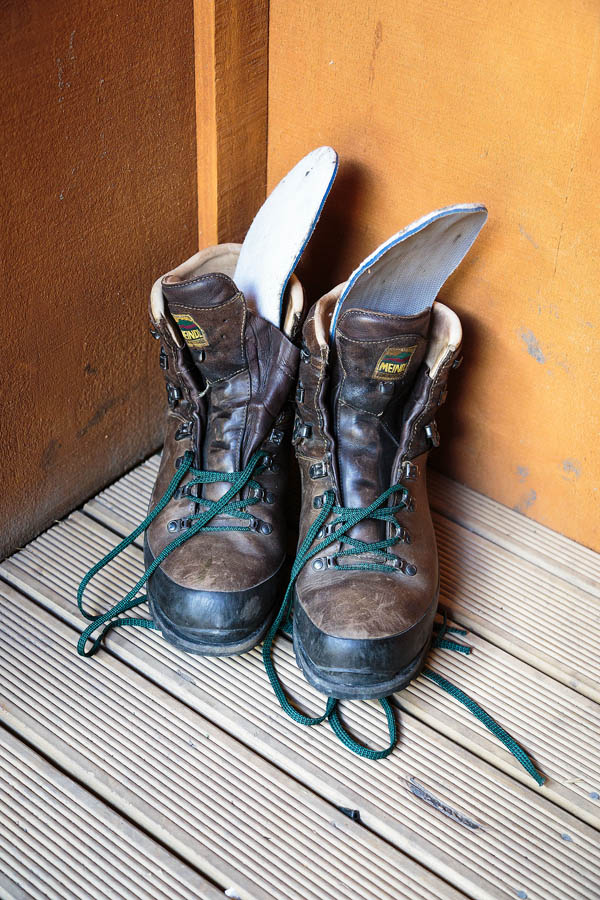
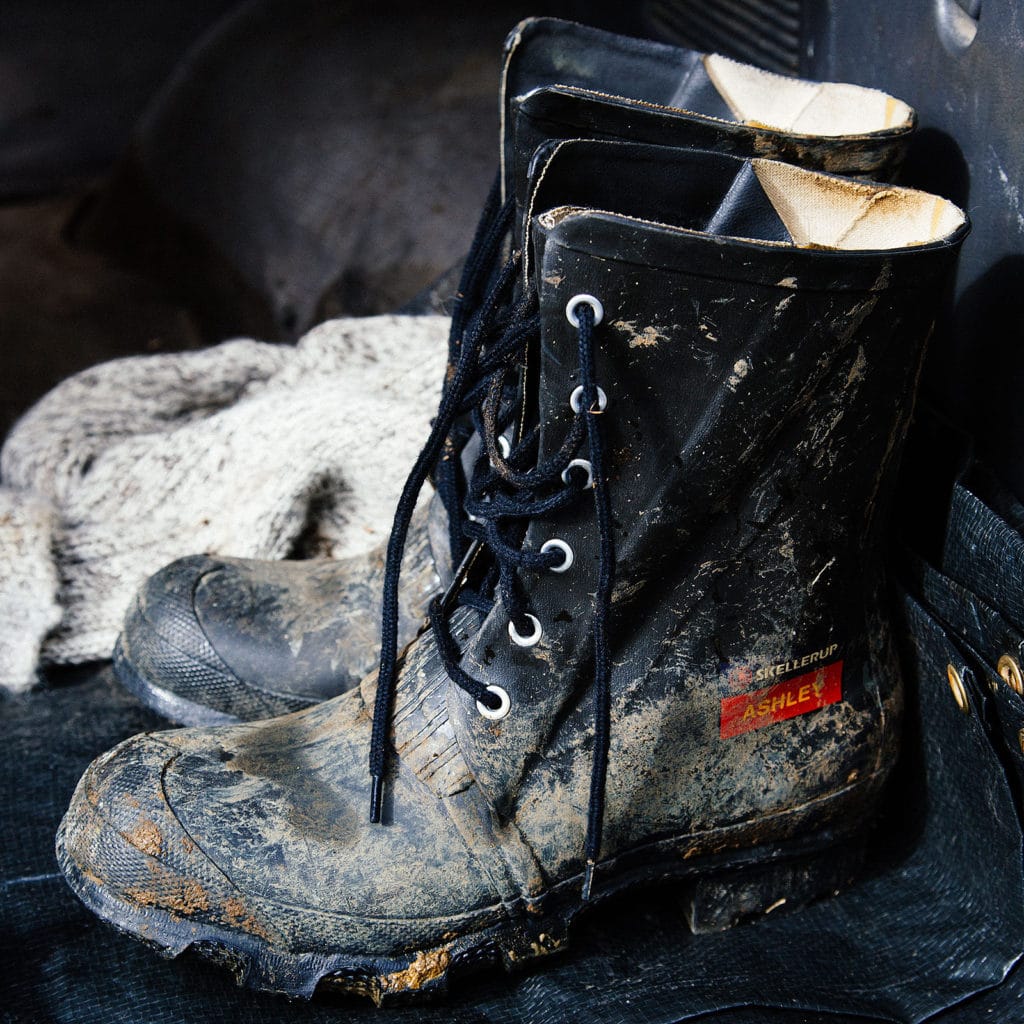
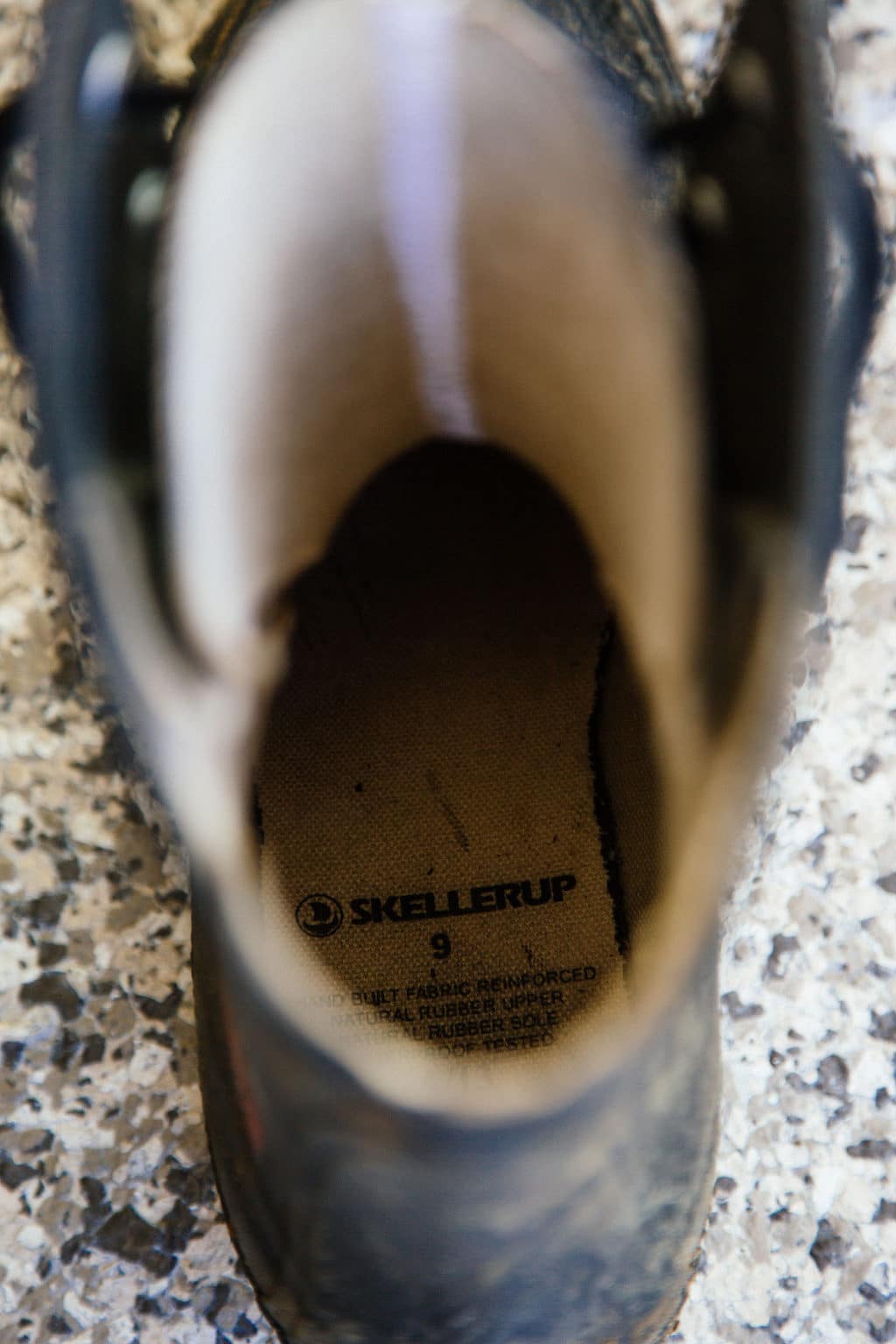 Especially when new, the inside of the Ashley can be a bit rough on the legs. So a high pair of socks is needed to act as a buffer between the abrasive inner, and you skin.
Especially when new, the inside of the Ashley can be a bit rough on the legs. So a high pair of socks is needed to act as a buffer between the abrasive inner, and you skin.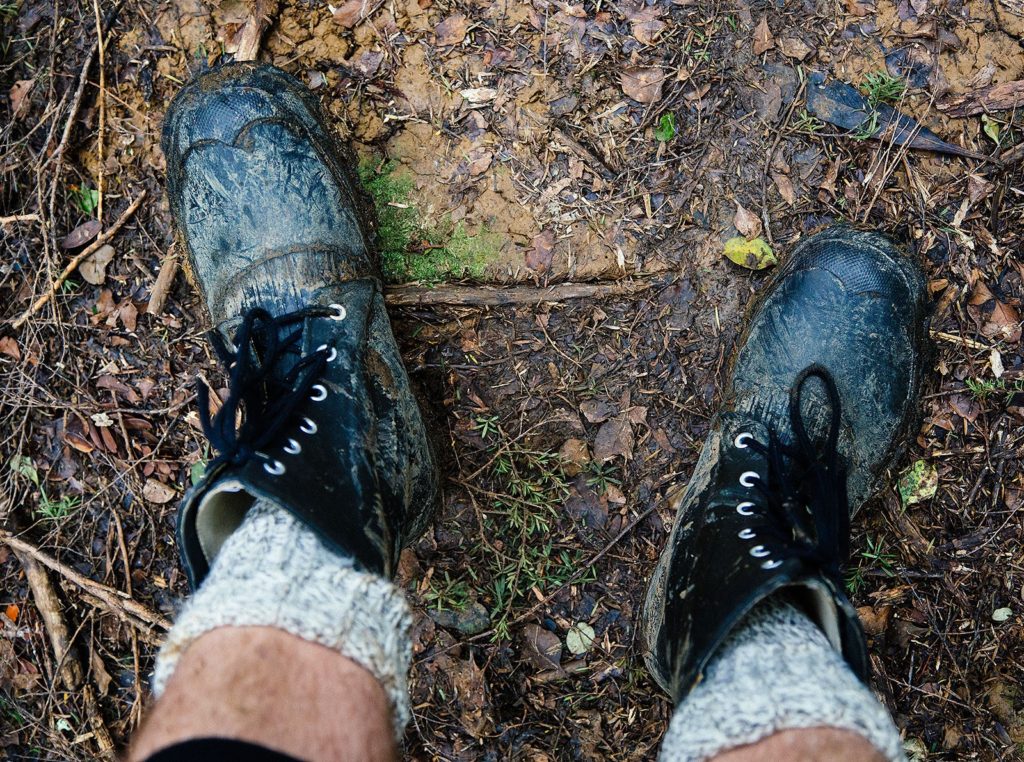


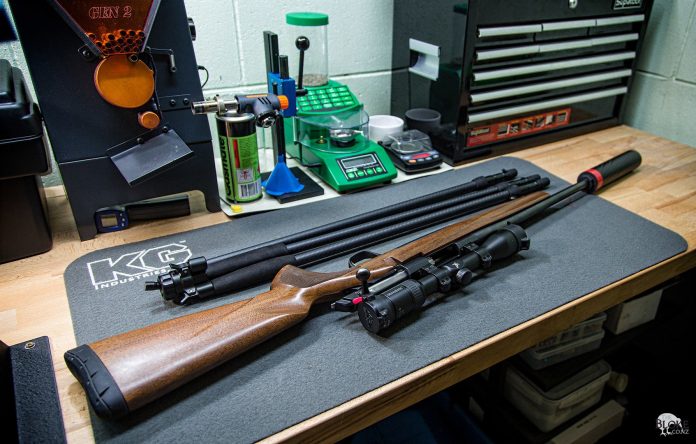

















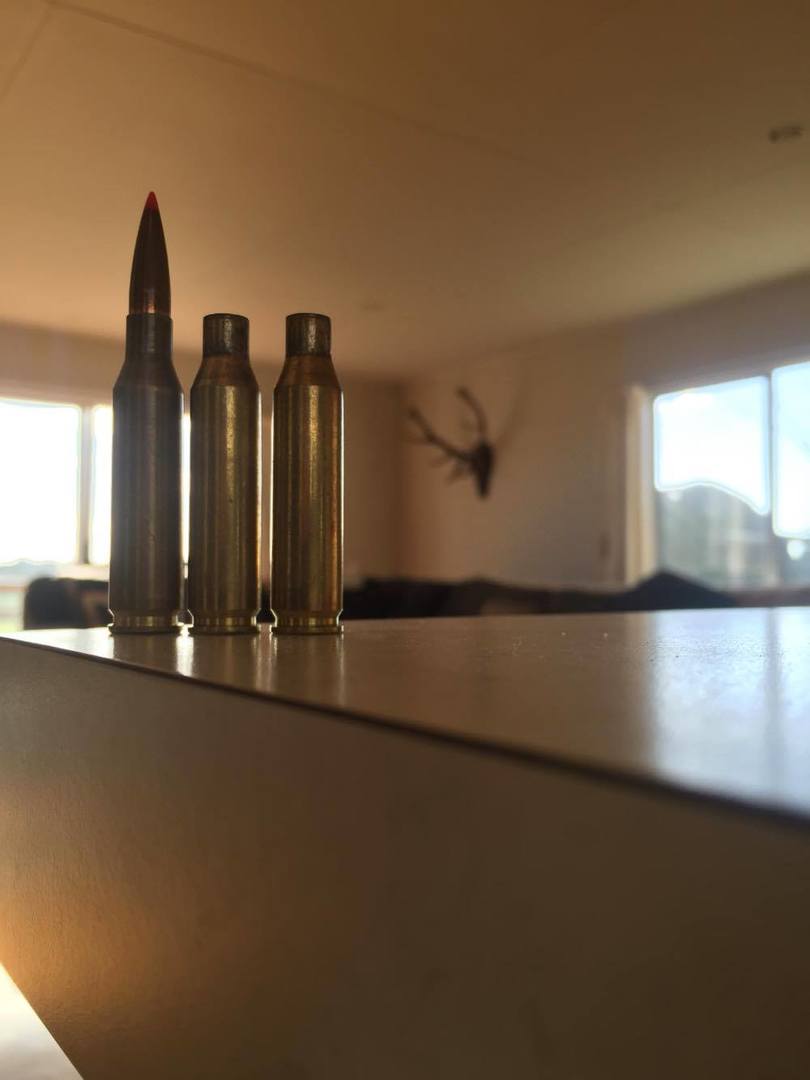



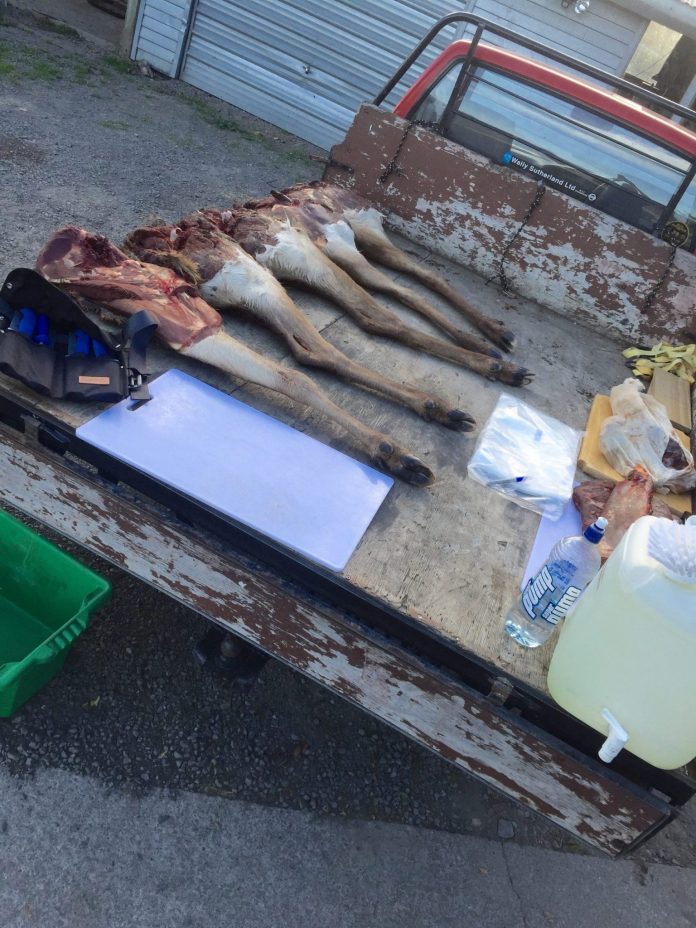






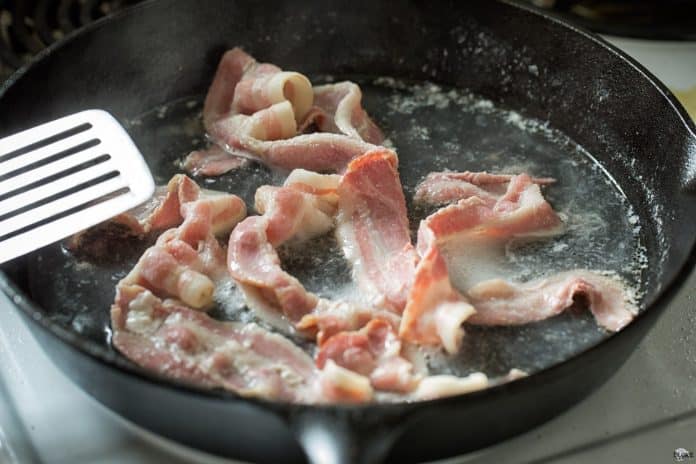





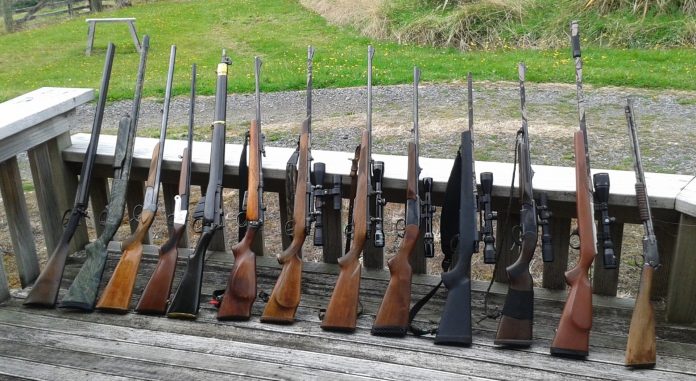




 I own a pair of the
I own a pair of the